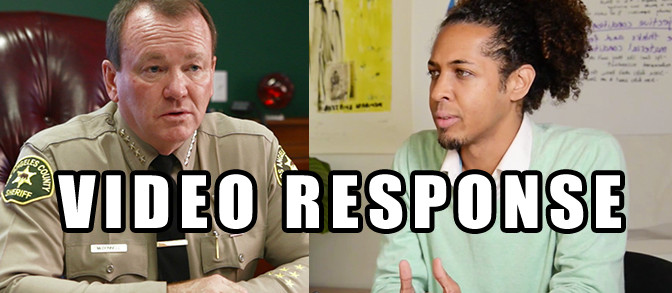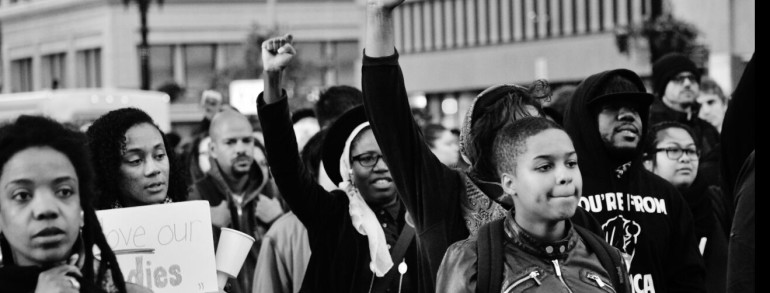Using the Legislative Process as a Tool to Fight for the Human Rights of Incarcerated People: AB 512 Credit Incentives for Incarcerated People
“[Prison] relieves us of the responsibility of seriously engaging with the problems of our society, especially those produced by racism and, increasingly, global capitalism.”
– Angela Davis
A national tragedy, the systematic targeting of black, brown, and poor bodies by the American criminal justice system has resulted in these populations being disproportionately represented in overcrowded, unhealthy, and unsafe jails and prisons. Far from being rehabilitative, these spaces strip individuals of their dignity and fundamentally violate their constitutional and human rights. Moreover, the constant policing, targeting, and incarcerating of vulnerable people has a massive traumatic impact, not only on the incarcerated individual, but on the families and communities surrounding them.
Dignity and Power Now is cosponsoring a bill that will permanently reduce Californian prison populations by bringing people home sooner. AB 512, which is currently making its way through the California legislature, is a bill that will encourage incarcerated individuals who are imprisoned in California state prisons to participate in educational, skill-building, and other programs that will reduce the amount of time that they will spend inside prisons.
We understand that the existence of structural racism, poverty, and other human rights violations, play a large role in the rates at which people enter and return to jails and prisons. We recognize that in our society the odds are stacked against those returning home from prison, especially if they are black, brown, and poor and that this bill will help to give them tools to re-adjust to their communities, making it less likely that they will return to prison.
While our ultimate goal is the abolition of the prison industrial complex using more creative, sustainable, beneficial, and human rights-compliant alternatives, we also want to do everything that we can now to bring our loved ones home.
Women, men, and gender nonconforming people currently serving sentences in California’s prisons have come out in strong support of AB 512. “Everyone needs some encouragement,” one impacted person said, “I believe this is one way. I believe it will help me go home [to] my loved ones” because “it helps to reunite parents with their loved ones faster by allowing the inmates to earn more credits toward their release.”
As one woman said, “my first grandchild was born Feb 17, 2015 and has had open heart surgery so him and his mother (my daughter) both need me [home]” and another proclaimed that “[AB 512] is the light at the end of the tunnel.”
Here are 6 things that you need to know about AB 512:
1. California’s prisons continue to be overcrowded, which compromises the safety of incarcerated people and reduces the effectiveness of rehabilitation efforts.
2. The bill was introduced by Assemblymember Mark Stone (D-Monterey Bay) and is co-sponsored by Dignity and Power Now, Californians United for a Responsible Budget (CURB), Ella Baker Center for Human Rights, Friends Committee on Legislation in California, and the American Friends Service Committee.
3. The bill envisions that people who are serving time can earn credits when they participate in certain programs including education, trade, and substance abuse programs.
4. Earning these credits can take time off of their overall sentence, allowing them to come home to their families sooner.
5. Right now, incarcerated individuals can earn only up to 6 weeks worth of credit to be applied to their sentence per year, but our bill would increase that to 18-weeks per year.
6. These Credit Earning programs have a proven track record of helping people released from prison avoid being sent back.
How to support AB 512:
1. Currently, the bill is in the Assembly Appropriations Suspense File and has a hearing date of Thursday, May 28. Suspense File is where many bills die, so we need support now to get it through.
2. RIGHT NOW: Tweet the author Assemblymember Mark Stone and the appropriations chair Assemblymember Jimmy Gomez and say, “I support AB 512!” Click to tweet! Make sure to hashtag #YEStoAB512!
3. AFTER MAY 28TH, if we’re successful, AB 512 will go to the Assembly floor where it will be voted on by all Assemblymembers (before June 5). This will be the time to contact YOUR Assemblymember to ask them to vote for the AB 512.
Photo: Balthazar Beckett




